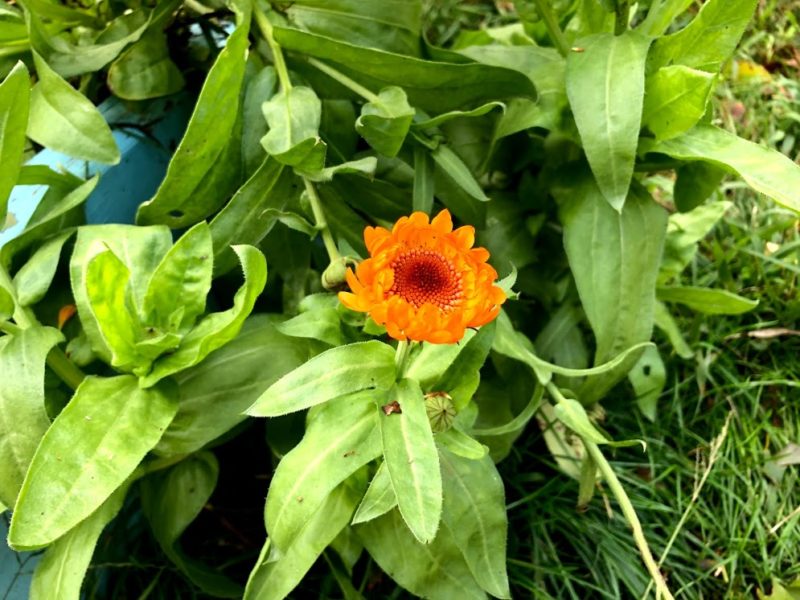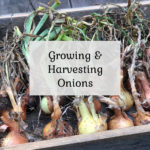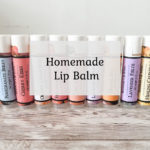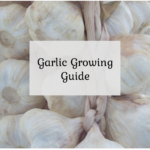---------------------------------------------------------
Calendula is an often overlooked, but excellent addition to any homestead garden! Growing, harvesting, and using calendula is easy and the happy flowers attract many pollinators. Calendula officinalis—also called pot marigold is an annual flower that grows easily in USDA zones 3-9.
Calendula is not the same as Marigolds
Not be confused with common marigolds (Tagetes – also sold as French or African Marigolds), although they are in the same family. French or African marigolds are the marigolds you typically find in grocery stores & nurseries by the flat. Tagetes may be related to Calendula officinalis, but they are not what you want for medicinal or edible purposes.
Calendula are cheery little flowers that come in many different color varieties and not only add smiles to your garden boxes but have several important jobs!
Calendula is a multipurpose garden powerhouse
Calendula’s fibrous root system enriches the soil. In milder climates, a fall crop can be sown to grow as a cover crop. Even in colder climates, they are long-lasting bloomers. Here in New England, my calendula is usually still blooming into November, long after other flowers have died off. The flowers attract pollinators and beneficial insects like ladybugs to increase the biodiversity of your garden.
After you, the bees, and the soil enjoy the beauty of calendula these antioxidant-rich edible flowers make a colorful addition to salads, soups, and egg dishes. The blooms can be dried for herbal teas and can be fed to livestock. The bright orange color of calendula blooms can contribute to nutritious bright orange egg yolks when fed to your chickens.
Calendula also has a long history of medicinal use. The natural anti-inflammatory and anti-fungal compounds in the flower are useful topically for a wide variety of skin conditions such as diaper rash, burns, rashes, scrapes, bruises, acne, insect bites, chapped skin or lips, and more.
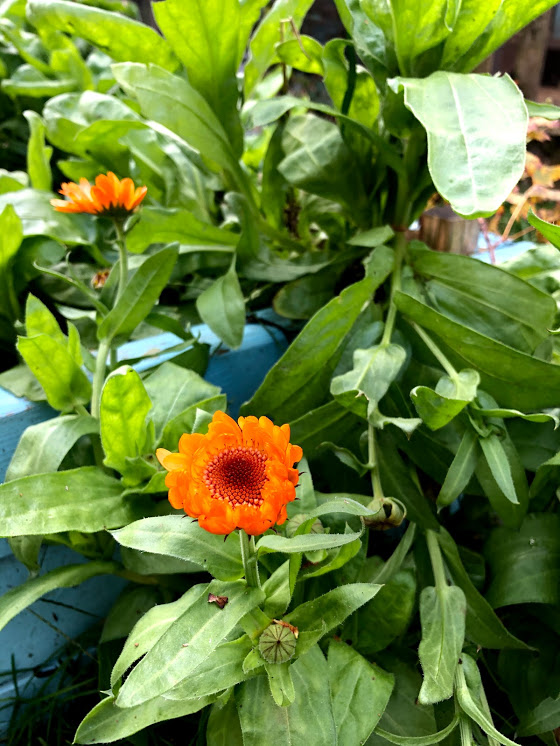
Growing Calendula
As if you need another reason to grow calendula – it is super easy to grow! The seeds are really unique looking; curled and bumpy. In mild climates, seeds can be started any time of the year. The cooler weather in the spring & fall is the perfect time to start calendula from seed. You can start them indoors if you like, but I directly sow them in the ground in late spring with great results.
Calendula likes direct sunlight so they fit in perfectly in your vegetable garden. They can also handle a little bit of shade. I sprinkle the seeds in all my beds among the veggies. They need very little in the way of maintenance, but deadheading flowers will encourage more blossoms. One small seed will grow a plant about 2 feet tall with dozens of flowers.
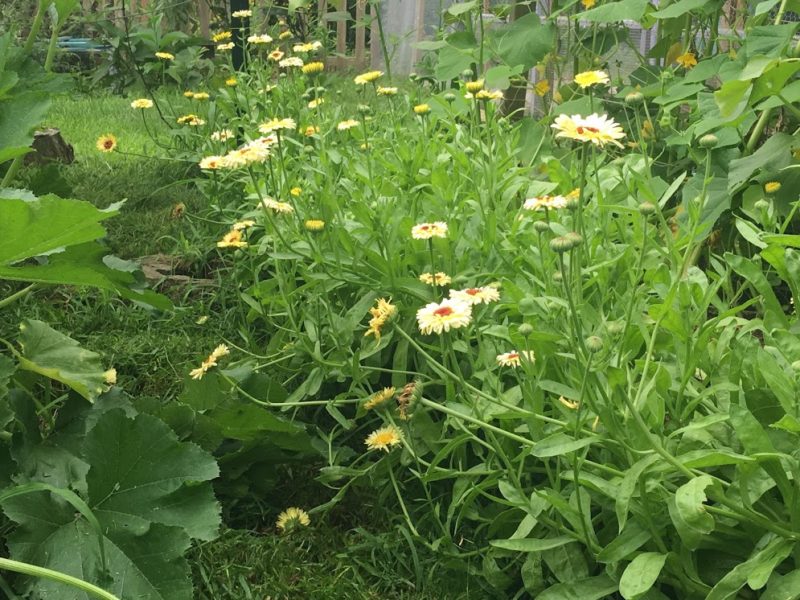
Harvesting Calendula
You will want to harvest the calendula in the mid-morning after the dew has dried but when they are still slightly moist. The best blooms for medicinal use are half open to just barely fully open. The longer the flower is open the less potent it becomes. Harvest the whole flower by snipping the stem at the top of the stalk. Much of the medicinal oils are located in the green bud base, so you will want to dry the flower heads whole.
If you are harvesting the flowers to add to recipes, you can use the flower petals raw or cooked. If you want to use them medicinally, store them for the winter, or make tea with them, you will want to dry the flower heads.
Drying the flower heads
Lay the whole flower heads flat, facing down on a screen, drying rack, or paper towel. The more airflow in and around the flowers, the faster they will dry. How long it will take depends on your weather conditions, but plan on one to two weeks. It is important to let them completely dry before storing or using them in an infusion. Any moisture left on the flowers can invite mold growth. Store your dried flower heads in an air-tight container until ready to use.

Using Dried Calendula
Calendula tea
To make a tea, place about 2 TBSP of dried flowers (either the whole flower head or just petals) in a heat-proof mug and cover with 1 cup of simmering water. Cover & let seep for about 20 minutes then strain. Calendula tea is great for sore throat gargles or as a mouth rinse for canker sores & blisters. It also works as an anti-fungal foot bath, as an acne face wash, or as a rinse to help with diaper rash.
Drinking calendula tea can also help with heartburn, menstrual cramps, and help boost your immune system. Unused tea should be stored in the refrigerator and used within 2 days. Note: pregnant women should not drink calendula tea as it could cause uterine contractions.
Edible Herb
Calendula flower petals are full of beta-carotene & antioxidants to help boost your immune system. They are a healthy & colorful addition to salads, soups, egg dishes, pasta or rice, & more. Simply sprinkle the petals into your dish. They can be used for culinary purposes fresh, dried, or cooked. The petals have a slightly bitter, peppery flavor that is similar to saffron (calendula is also sometimes called Poor Man’s Saffron)
Skin Salve
Infuse the flower heads in oils and use those oils to craft an easy-to-use salve for a myriad of skin issues. Healing calendula salves are great for burns, bug bites, rashes, bruises, scrapes, acne, diaper rash and so much more. don’t want to make your own? click here to browse my selection of salves for sale
Lotions & Soaps
Extend the skin-loving benefits by crafting soaps or lotions from the infused oils. Additionally, calendula is one of the few dried flower petals that stands up to the cold soap-making process. Most flowers turn brown after a time in soap, but calendula keeps its happy orange hue and can even be used to naturally color your soap. Click here to learn how to make cold process soap
Lip Balm
Skin loving calendula is perfect for wind-whipped and extra chapped lips. Use your infused oils to make a great healing lip balm. Click here to learn how to make lip balm. Or click here to browse my selection of calendula infused lip balms for sale
